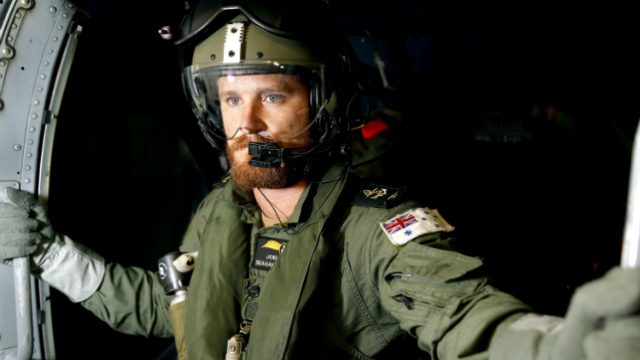SUMMARY
This is AI generated summarization, which may have errors. For context, always refer to the full article.

PERTH, Australia – The intensive aerial search for surface wreckage from Flight MH370 officially ended Wednesday, April 30, as the hunt was drastically scaled back, with ships also moving out of the remote Indian Ocean area where the plane is believed to have gone down.
Australian authorities said the focus would move “over the coming weeks” to an intensified undersea search in the quest to find out what happened to the Malaysia Airlines flight that disappeared on March 8 with 239 people aboard.
Eight nations have been involved in the unprecedented Indian Ocean hunt – Australia, New Zealand, Malaysia, Japan, South Korea, the United States, Britain and China – with more than 300 sorties flown across a vast expanse of water in the search for debris.
But with nothing to show for their efforts to scan more than 4.5 million square km (1.7 million square miles) from the air since March 18, the planes have been stood down.
“Most of the aircraft will have left by the end of today,” a spokesman for the Australian-led Joint Agency Coordination Centre told Agence France-Presse, although an Australian P-3 Orion would remain on standby in Perth.
The United States, Japan, New Zealand and Malaysia all confirmed that their aircraft were returning to base. There was no immediate word from China, which accounted for most of the passengers on board.
As many as 14 ships from Australia, China and Britain were involved in scanning the ocean surface for debris or black box signals but many of these are also pulling out. (READ: What happened to Malaysia Airlines flight MH370?)
“Some need to head back to port and refuel and give the crew a rest, others will go back to doing what they were doing for their respective nations before they joined the search,” the spokesman said.
“In essence, the surface search has been scaled back. We will keep a few vessels out there and others on standby, but the large-scale air and sea search has ended.”
Underwater search ‘could take eight months’
On Monday, April 28, Australian Prime Minister Tony Abbott announced the focus would shift to an expanded underwater search across a huge swathe of seabed where the plane might have crashed, admitting it was now “highly unlikely” that any surface wreckage would be found.
A US Navy submersible Bluefin-21 has been scouring a 314-square km zone centered around one of the transmissions believed to have come from the plane’s black box flight recorders before their batteries died.
But it too has failed to find anything, with poor weather hampering efforts on Wednesday. (READ: The search for MH 370)
Abbott said an area of up to 56,000 square km of the ocean floor would be scoured in the new search with the Bluefin remaining in operation along with other technology, possibly a specialized side-scan sonar.
He estimated it would take six to eight months.
Despite the failure to find wreckage, authorities insist they are looking in the right area and on Wednesday dismissed claims by a marine exploration company that material found in the Bay of Bengal could be from the missing flight.
Adelaide-based GeoResonance was quoted in Malaysian and Australian media as saying it had detected possible debris from a plane 5,000 km (3,100 miles) from the current search zone.
But the Joint Agency Coordination Centre downplayed any link.
“The Australian led search is relying on information from satellite and other data to determine the missing aircraft’s location. The location specified by the GeoResonance report is not within the search arc derived from this data,” a spokesman said.
“The joint international team is satisfied that the final resting place of the missing aircraft is in the southerly portion of the search arc.”
GeoResonance, which specializes in geophysical surveys to find oil and gas and groundwater, said its research using images from satellites and aircraft had identified elements on the ocean floor consistent with material from a plane.
“We identified chemical elements and materials that make up a Boeing 777… These are aluminum, titanium, copper, steel alloys and other materials,” company representative Pavel Kursa told Australia’s Channel Seven.
Another company official, David Pope, told the broadcaster: “We’re not trying to say that it definitely is MH370. However, it is a lead we feel should be followed up.” – Rappler.com
Add a comment
How does this make you feel?
There are no comments yet. Add your comment to start the conversation.